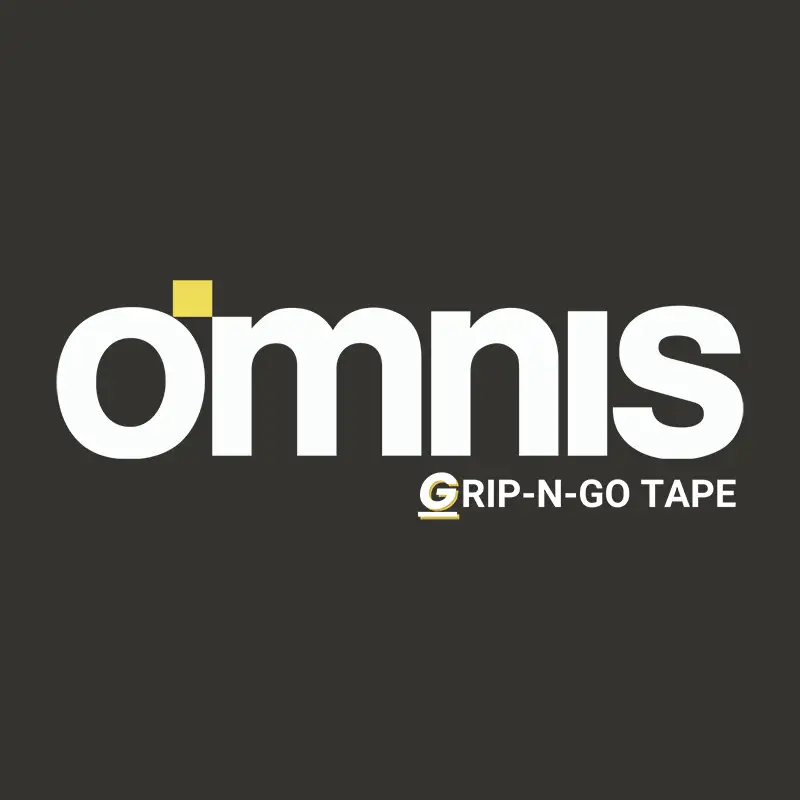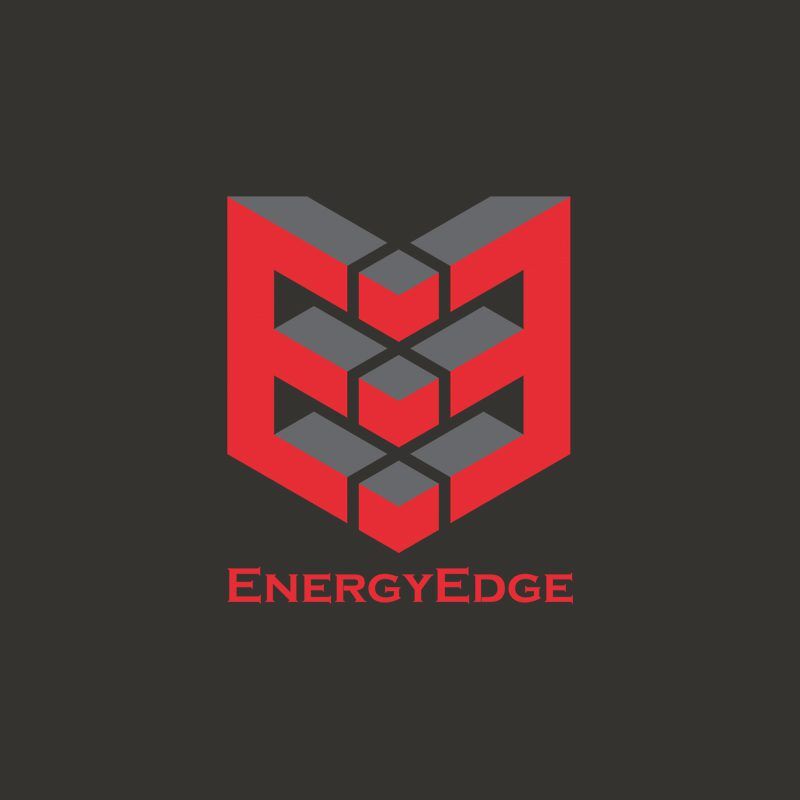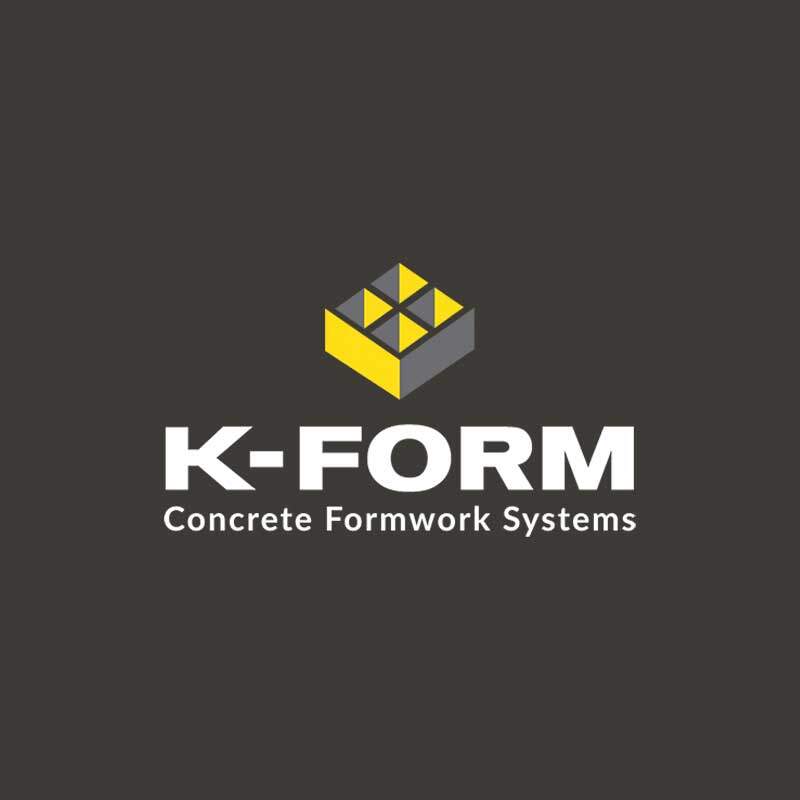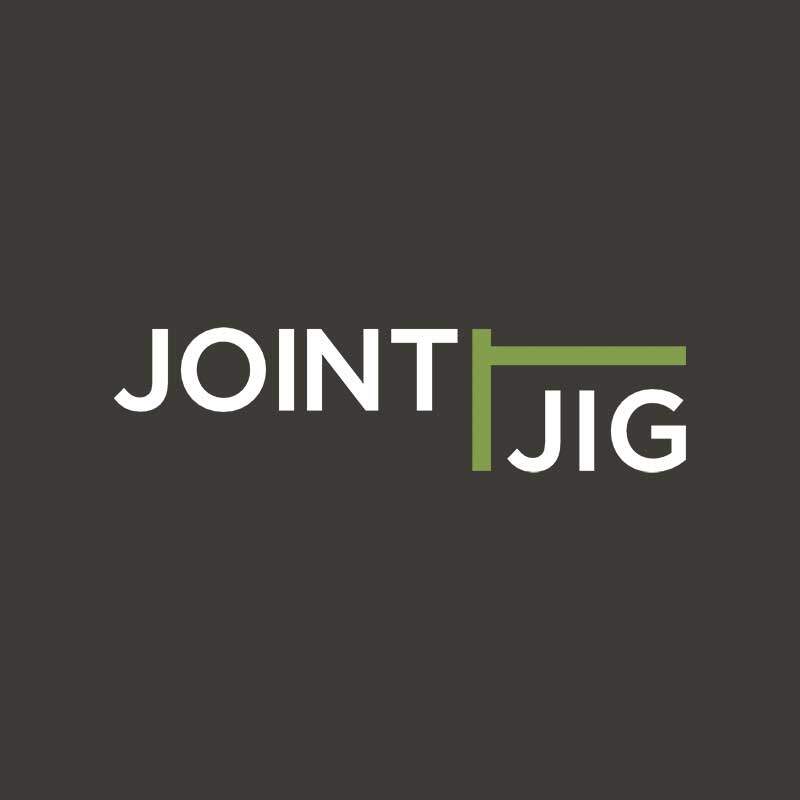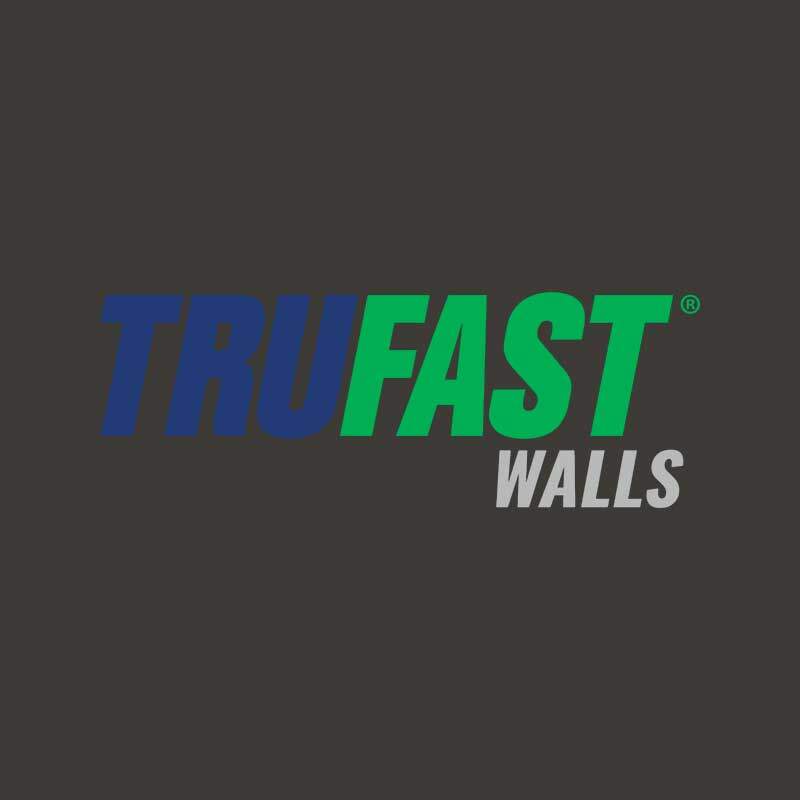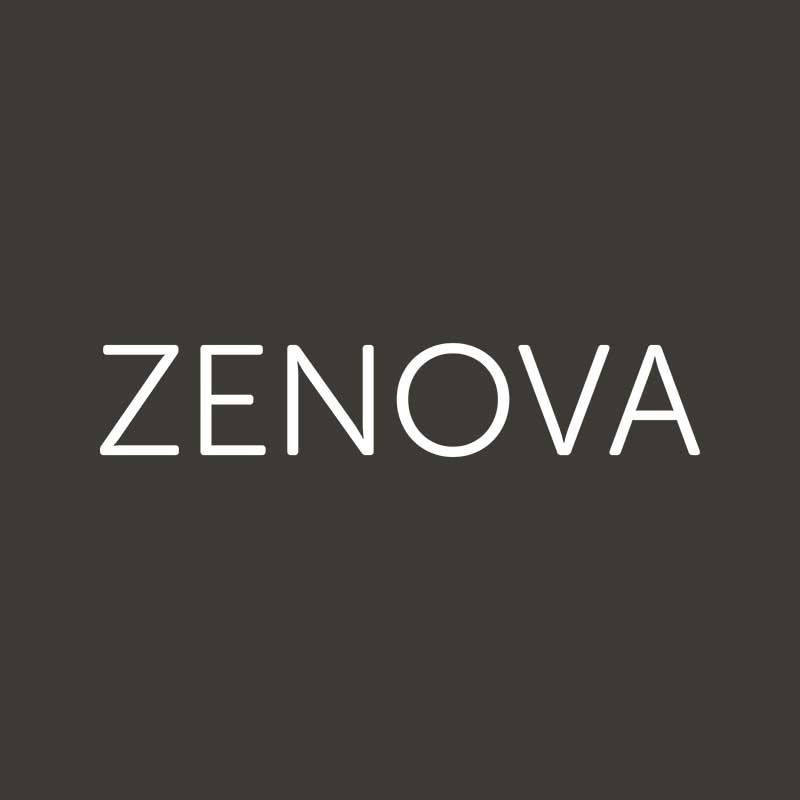Green Building Materials and Rainscreen Panels
The Green Building Materials Market is Expected to Grow to $573.91 Billion by 2027
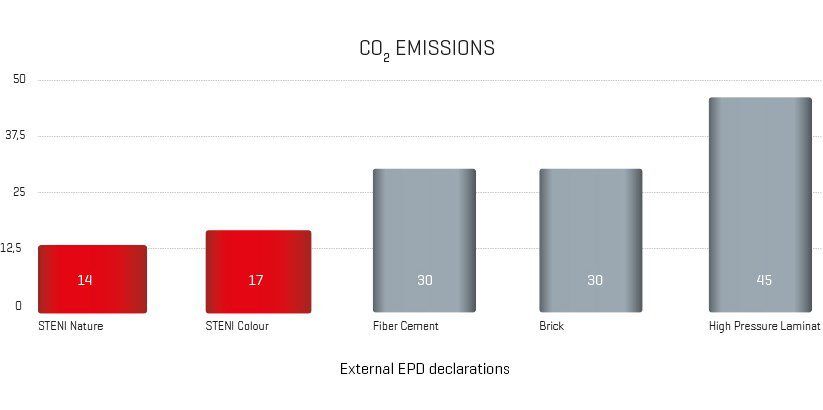 Climate change is being addressed across a wide range of industries, including the US financial system, agriculture, and manufacturing. Governments, corporations, and institutions are emphasizing green buildings for climate, health, and the economy.
Climate change is being addressed across a wide range of industries, including the US financial system, agriculture, and manufacturing. Governments, corporations, and institutions are emphasizing green buildings for climate, health, and the economy.
For more than 20 years, the building design and construction industry has worked to reduce the amount of operational carbon emissions from energy use. Yet, the construction industry remains a major source of pollution and environmental waste.
- According to the World Green Building Council, “The built environment (buildings and infrastructure) is responsible for 75% of global greenhouse emissions, with the building sector accounting for 37%. Within the next 40 years, 230 billion square meters of new buildings will be constructed, and 75% of the infrastructure required by 2050 still needs to be built.”
- Embodied carbon is quickly emerging as an important issue for green building professionals. Over the next 30 years, half of all greenhouse gas emissions from new buildings are projected to come from embodied carbon—which includes emissions from manufacturing, transportation, installation, maintenance and disposal of building materials, per USBGC.
Financial benefits of green building materials per the World Green Building Council:
- The average reduction in operating costs for the first 12 months in a new green building is 10.5% and five-year cost savings are 16.9%. Green renovations and retrofits have even greater performance globally at 11.5% and 17%, respectively.
- Owners also reported that new and retrofit green building projects see an increase in asset value by more than 9%.
The Exterior Siding Segment is Expected to Grow at a rate of 11.5% During the Forecast Period
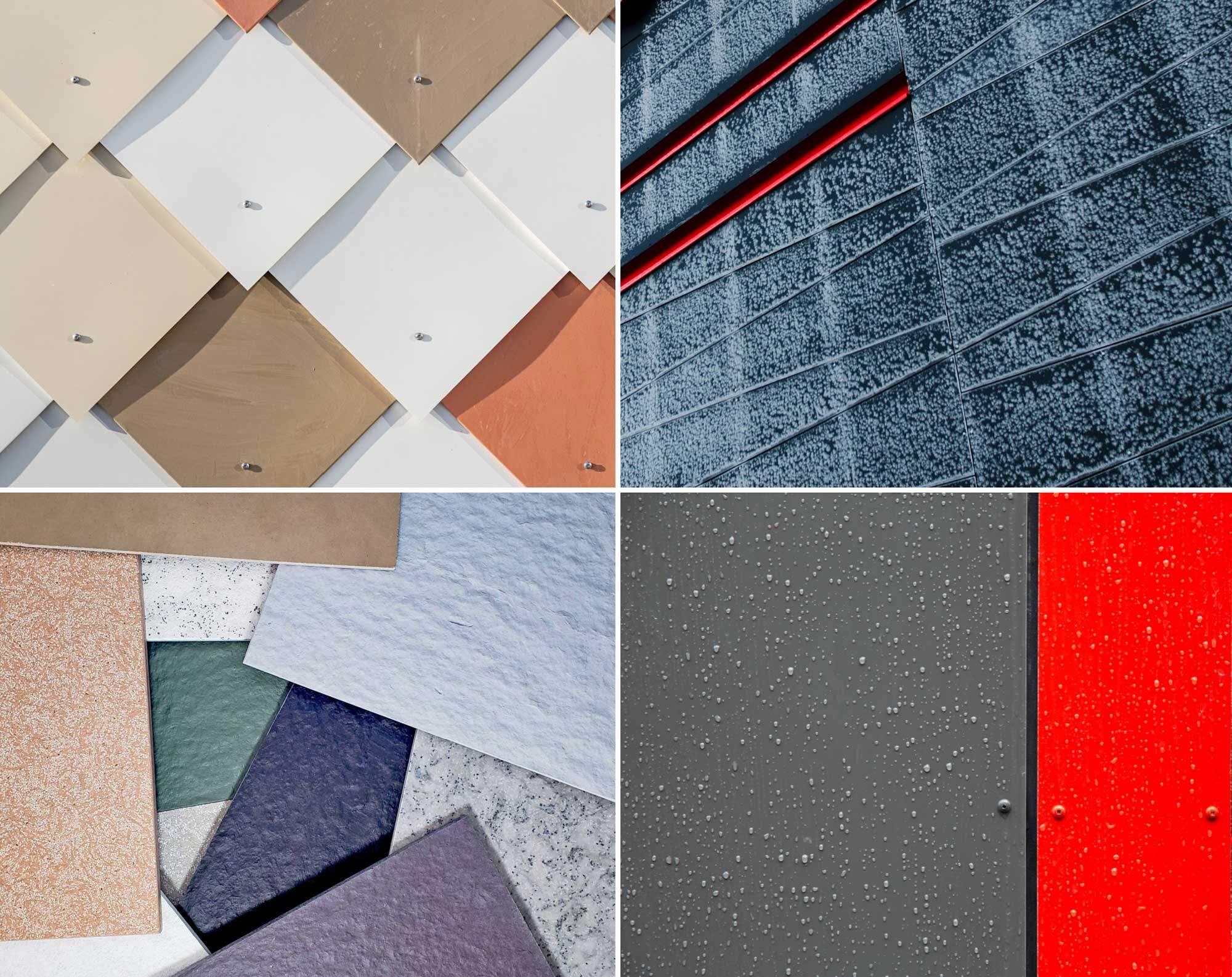 North America is estimated to be the most substantial market for green building materials, accounting for more than 37% of the total market share. This trend is due to building codes and favorable policies regarding the use of green building materials in the construction industry, coupled with an increase in renovation activities.
North America is estimated to be the most substantial market for green building materials, accounting for more than 37% of the total market share. This trend is due to building codes and favorable policies regarding the use of green building materials in the construction industry, coupled with an increase in renovation activities.
The factors to be considered when selecting rainscreen panels for commercial properties:
- No environmentally harmful substances are used in manufacturing.
- Lifespan – Durability.
- Weatherability.
- Reusability, recyclable.
- Waste management system
- Environmentally sound packaging for shipments to construction sites.
Green Building Rainscreen Panels
There are many different choices of Rainscreen panel materials available across the US market ranging from High-Density Fiber Cement, Phenolic Panels, timber, and ceramics. Omnis has selected high-performing, environmentally sustainable engineered stone Steni rainscreen façades, and Petrarch rainscreen panels.
Steni Colour, Vision and Nature rainscreen panels are engineered stone made of a fiberglass-reinforced polymer composite with a crushed limestone core. The smooth surface is made of electron beam-cured acrylic. Steni composite stone panels are 100% water-impermeable and designed to withstand the harshest of environments. Steni offers the longest warranty on the market.
- Lowest in class manufacturing carbon footprint.
- Made up of approximately 70% naturally occurring materials.
- Life span that can exceed 60 years.
- Panels can be upcycled/reused.
- Electron-beam cured finish, with no curing solvents involved.
- Waste management system.
- Steni panels are packaged using wood, paper, and recyclable plastic.
Petrarch composite stone rainscreen panels are composed primarily of reconstituted marble, and like natural stone, will endure extreme environmental conditions, vandalism, and exposure for years to come. Petrarch Panels are much lighter in weight in comparison, making them easier to install and cut on-site, reducing construction time and costs.
- Minimum of 70% natural material in each panel.
- Long life span.
- Panels can be upcycled/reused.
- Received CWCT “Best in Class” designation enduring extreme air permeability, rain, wind, impact, and fatigue tests.



